New Septic System Installation: Expert Guide & Tips
New septic system installation: Learn about components and processes. Discover tips for efficient wastewater treatment and septic maintenance.
When you need a new septic system installation, understanding the process and requirements can save you time, money, and headaches. This will provide a comprehensive guide to help you navigate through the entire process smoothly.
Table of Contents
Key Takeaway
- Septic System Components: Learn about the tank, drain field, and soil absorption.
- Installation Process: Steps involved from site evaluation to final inspection.
- Costs and Factors: Understand cost influencers like tank size, soil type, and permits.
- Maintenance Tips: How to keep your system running efficiently for years.
Understanding New Septic System Installation
A septic system is more than just an underground tank; it’s a complex setup that involves multiple components working together to treat wastewater efficiently. Here’s what you should know about each part:
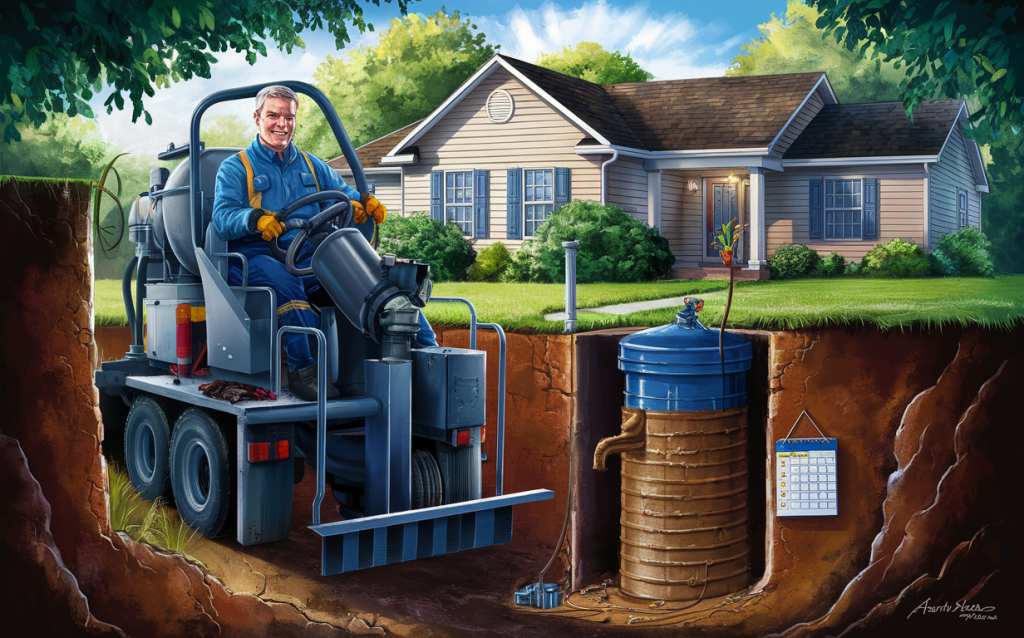
The Septic Tank
The septic tank is the first stop for wastewater. It holds solid waste, letting liquids flow into the drain field. Tanks come in various sizes, typically ranging from 1,000 to 2,000 gallons, depending on your property’s needs.
The Drain Field
Also known as the leach field, this area disperses liquid waste into the soil. Proper placement and soil testing are crucial for effective operation.
Soil Absorption
Soil absorption is the final step where the treated wastewater is naturally filtered before returning to the groundwater. The type of soil on your property can significantly affect this process.
Steps Involved in New Septic System Installation
Site Evaluation
Before installing a new septic system, a site evaluation is mandatory. Professionals will assess soil quality, groundwater levels, and property layout to determine the best location for the system.
Permitting
Acquiring necessary permits is essential. Local regulations often dictate septic system requirements, ensuring your installation meets health and environmental standards.
Choosing the Right System
Various types of new septic system installation are available, including conventional, aerobic, and mound systems. The choice depends on your property’s characteristics and local regulations.
Excavation and Tank Placement
The site is excavated to place the septic tank and install the drain field. Proper excavation ensures the system functions correctly and meets local codes.
Connecting Plumbing
Plumbing lines are connected from your home to the septic tank. This step is crucial for seamless wastewater flow.
Final Inspection
A final inspection ensures the system complies with all local regulations and operates efficiently. This step is usually carried out by a local health department or other regulatory body.
Costs and Factors Affecting New Septic System Installation
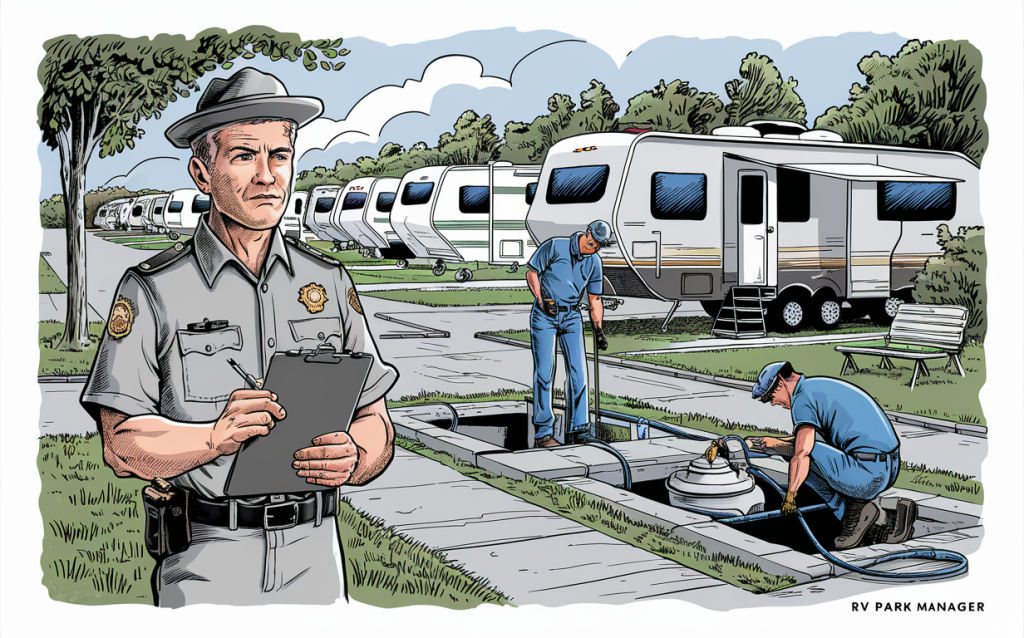
Average Costs
The average cost for a new septic system installation ranges from $3,000 to $7,000, depending on various factors.
Factors Influencing Costs
- Tank Size: Larger tanks are more expensive.
- Soil Type: Some soils require more extensive treatment.
- Permit Fees: Costs can vary based on local regulations.
- Labor Costs: Experienced contractors may charge more, but quality is often worth the price.
| Factor | Description | Impact on Cost |
|---|---|---|
| Tank Size | Larger tanks require more material | High |
| Soil Type | Difficult soils need more prep work | Medium |
| Permit Fees | Varies by location | Low to Medium |
| Labor Costs | Skilled labor may cost more | Medium to High |
Tips for Saving Money on Septic Installation
- Get Multiple Quotes: Compare prices from different contractors.
- Plan Ahead: Avoid emergency installations when prices can be higher.
- Choose the Right System: Pick a system that suits your property and budget.
- Do Some Work Yourself: If permitted, do some of the lighter work to save on labor costs.
- Regular Maintenance: Keep your system in good condition to avoid costly repairs.
Maintenance Tips for Longevity
Regular Pumping
Regularly pump your septic tank to prevent overflow and system failure. Most tanks need pumping every 3 to 5 years.
Use Water Efficiently
Excessive water use can overload your septic system. Fix leaks and use water-saving fixtures.
Proper Waste Disposal
Avoid flushing non-biodegradable items down the toilet. These can clog and damage your system.
Inspections
Regular inspections can catch minor issues before they become major problems.
Soil Protection
Keep heavy objects and vehicles off the drain field to avoid soil compaction and damage.
Landscaping
Plant grass over your drain field to prevent soil erosion. Avoid deep-rooted plants that can interfere with the system.
Common Issues and How to Troubleshoot
Slow Drains
Slow drains can indicate a full septic tank or a clog in the system. Regular pumping and occasional professional inspections can help.
Foul Odors
Bad smells are usually a sign that something is wrong. This could be due to a full tank, blocked vent pipes, or improper installation.
Standing Water
Puddles of water around the drain field generally mean the system is overloaded. Reducing water usage and scheduling a professional inspection can help.
Comparing Septic System Types
| System Type | Description | Best For |
|---|---|---|
| Conventional | Uses a tank and drain field | Most residential areas |
| Aerobic | Adds oxygen to break down waste | Poor soil conditions |
| Mound | Elevated drain field | High groundwater areas |
DIY vs. Professional Installation
DIY Installation
While DIY installation may save upfront costs, it often lacks quality and compliance with local regulations. Mistakes can lead to costly repairs and fines.
Pros:
- Lower initial cost
- Learning experience
Cons:
- High risk of errors
- May not meet local codes
Professional Installation
Hiring professionals ensures your system is installed correctly and complies with all regulations. This option is generally more reliable and less stressful.
Pros:
- Expert knowledge
- Compliance with regulations
- Warranty and insurance
Cons:
- Higher initial cost
Key Considerations When Hiring a Professional
- Experience: Look for contractors with extensive experience in septic installations.
- Licenses and Insurance: Ensure the contractor is properly licensed and insured.
- Reviews and References: Read reviews and ask for references to gauge reliability.
Conclusion
Installing a new septic system is a significant investment that requires careful planning and consideration. By understanding the components, processes, and costs involved, you can make informed decisions that ensure a long-lasting and efficient septic system for your property.
New septic system installation: Learn about components and processes. Discover tips for efficient wastewater treatment and septic maintenance. For more information or to schedule your new septic system installation, contact Texway Wastewater Services today.

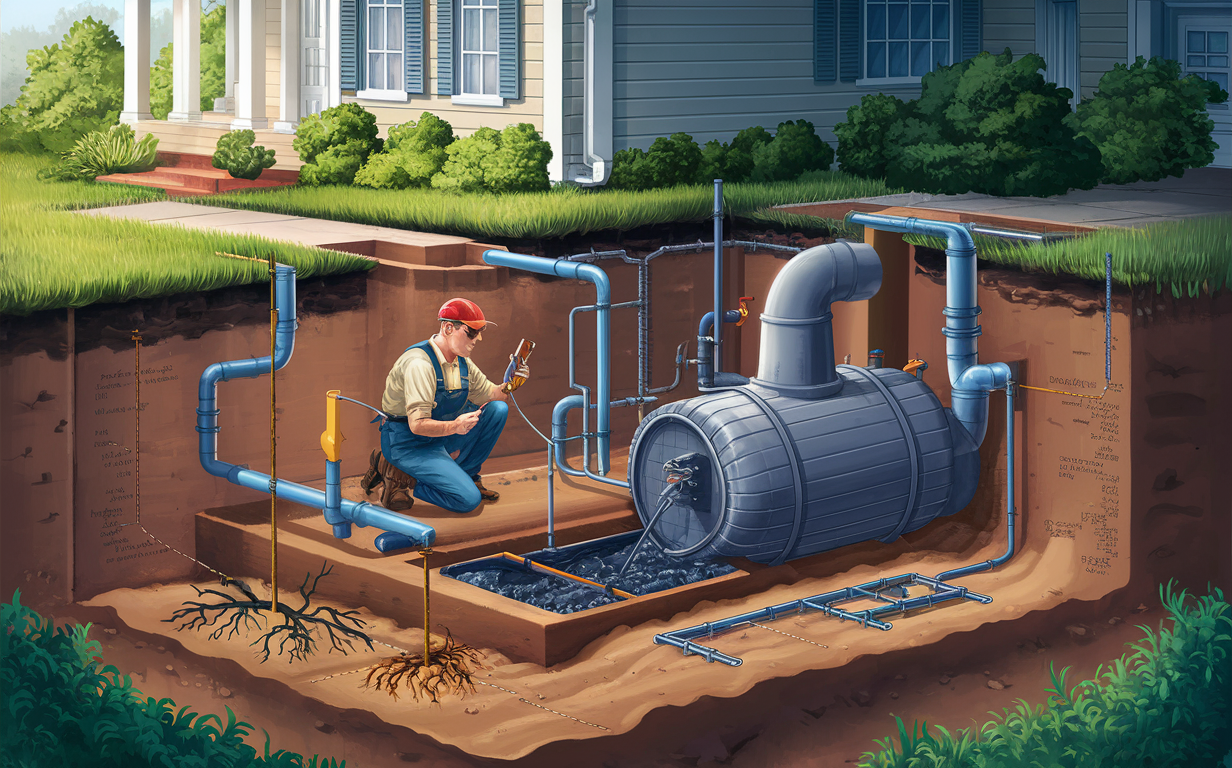



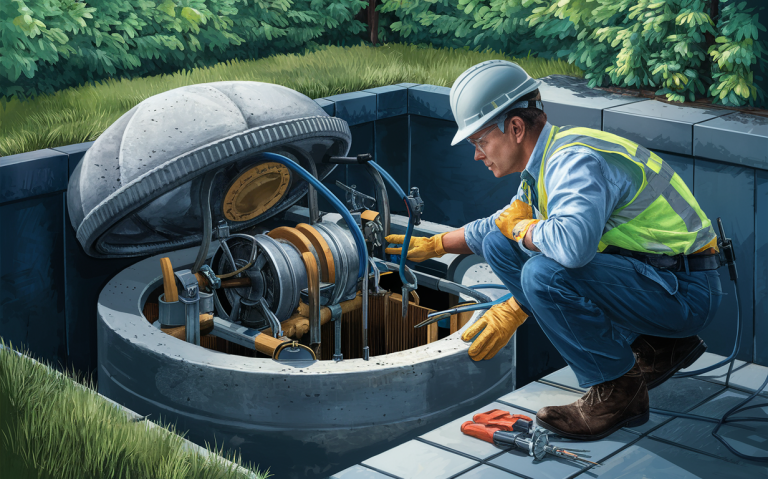
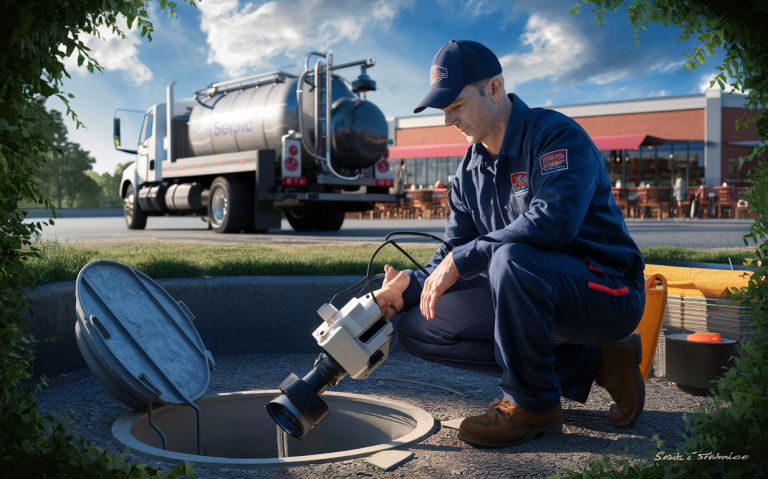

 Texway Wastewater Services is a septic, wastewater, and excavation company based out of Burleson, Texas and serving the surrounding areas. We specialize in
Texway Wastewater Services is a septic, wastewater, and excavation company based out of Burleson, Texas and serving the surrounding areas. We specialize in